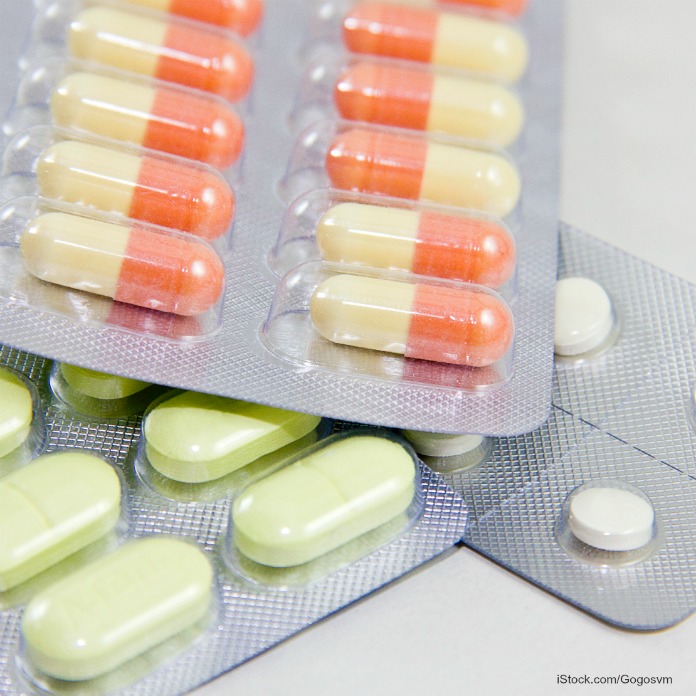Findings from the National Antimicrobial Resistance Monitoring System (NARMS) has found that overall drug resistance in Salmonella bacteria is low, except for one serotype. NARMS is a partnership between the CDC, the FDA, the USDA, and state and local health departments, that tracks antibiotic resistance in bacteria that cause human disease and are transmitted commonly through food.

The report states that overall, antibiotic resistance in Salmonella bacteria is low, but multidrug resistance in one serotype is increasing. Multidrug resistance in Salmonella is 9.3%, a bit higher than the 2009-2013 average of 9%, but down from 11% in the 2004-2008 report. Resistance to one of the drugs used to treat severe Salmonella infections, ceftriaxone, dropped from 3% to 2%.
But multidrug resistance in Salmonella serotype I 4,[5],12:i:- rose from 18% in 2011 to 43% in 2014. That bacteria sickened at least 134 people in an outbreak in Washington state linked to pork last year. Kapowsin Meats recalled more than 116,ooo pounds of whole pig products after that outbreak. Most of those sickened at the pork at pig roasts held around the state.
Resistance to ciproflaxin in Salmonella bacteria increased from 3% in 2013 to 4% in 2014. And in Salmonella typhi serotypes, resistance to ciproflaxin increased from 68% in 2013 to 74% in 2014.
The report states, “bacterial foodborne infections are common and can sometimes be serious. In severe cases, the right antibiotic can be life-saving. Some antibiotics don’t work because the foodborne pathogen has become resistant. Understanding trends in antibiotic resistance helps doctors to prescribe effective treatment and public health officials to investigate outbreaks faster.”
Other encouraging trends include resistance to some groups of antibiotics among Salmonella Typhimurium and Salmonella Newport were lower in 2014 compared with the time period of 2004 to 2008. And no Salmonella isolates had decreased susceptibility to both ciprofloxacin and azithromycin.
Concerning trends included the fact that 60% of Salmonella Dublin isolates were resistant to ceftriaxone. In addition, Campylobacter resistance to fluoroquinolones was high, meaning that sometimes macrolides were the only treatment option. Shigella resistance to quinolones was higher in 2014, at 6%, than the baseline period of 2% in 2004 – 2008 and 5% in 2009 – 2013.
This report is the first time scientists have used whole genome sequencing data instead of pulsed field-gel electrophoresis (PFGE) to detect resistance genes and track patterns of resistance.




